This site is currently supported by the National Science Foundation (NSF) under Grant No. 1261833 to UNAVCO for operation of the GAGE Facility.
The site was originally developed by the GPS Reflections Research Group at the University of Colorado (CU) using funding from NSF EAR1144221. It was built by Evan Pugh and Kristine Larson at CU and by the UNAVCO Education and Community Engagement Program.
Any opinions, findings, and conclusions or recommendations expressed in this material are those of the author(s) and do not necessarily reflect the views of the National Science Foundation, NASA, UNAVCO, or CU.

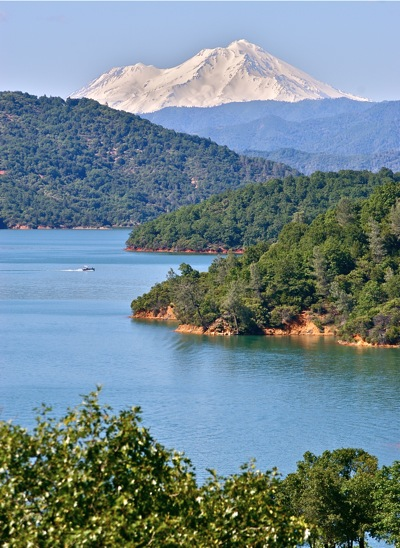
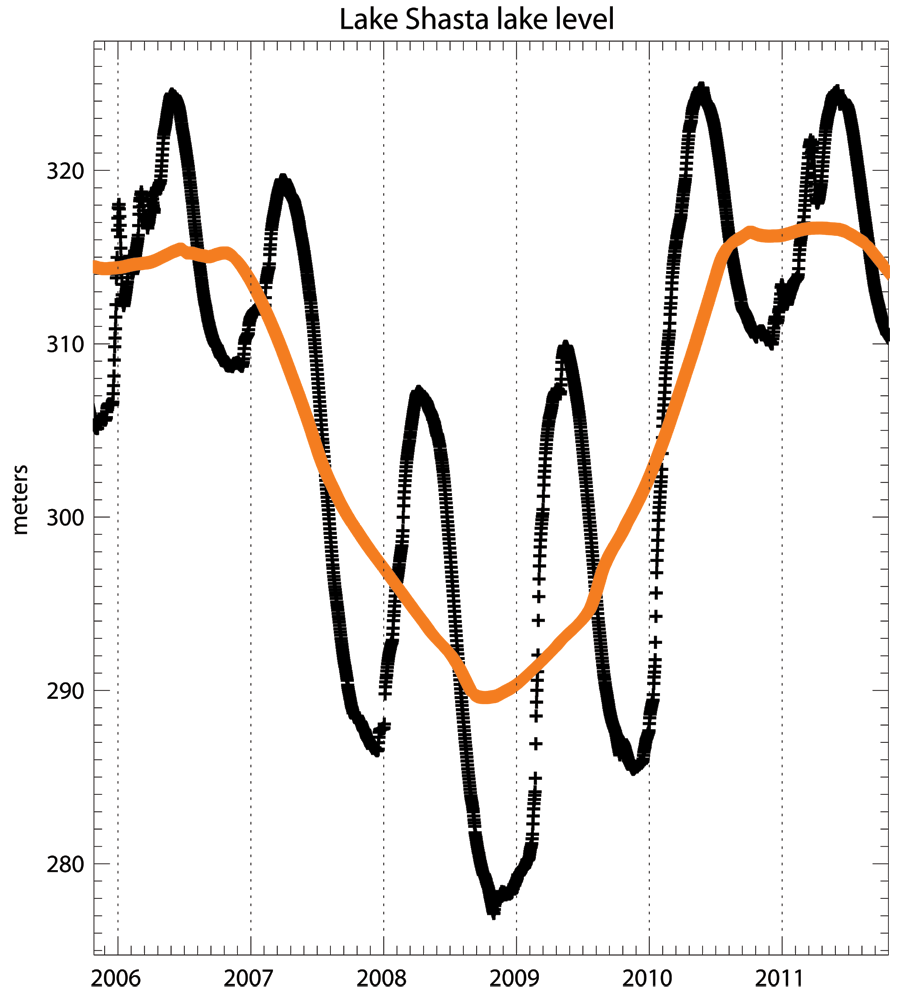
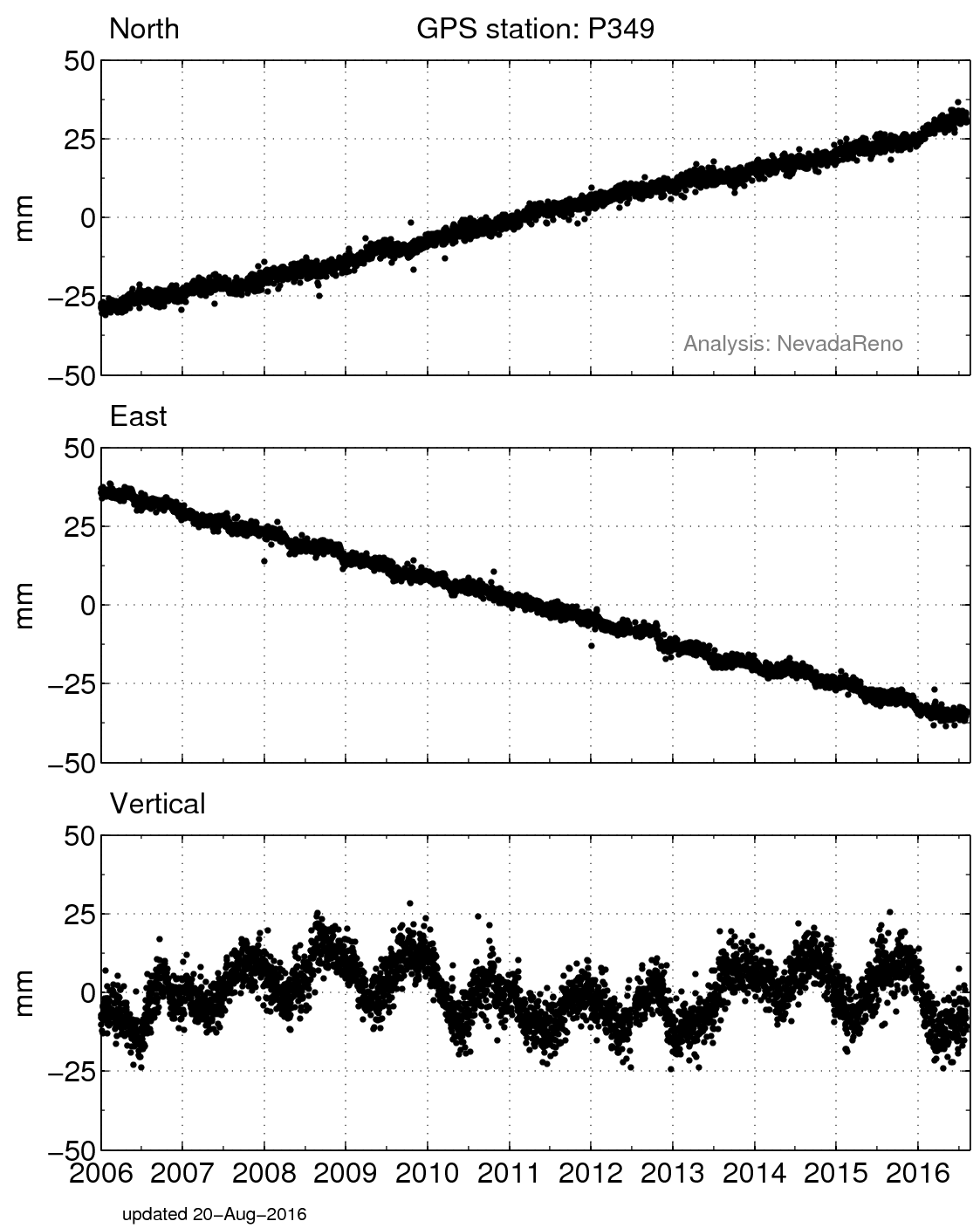
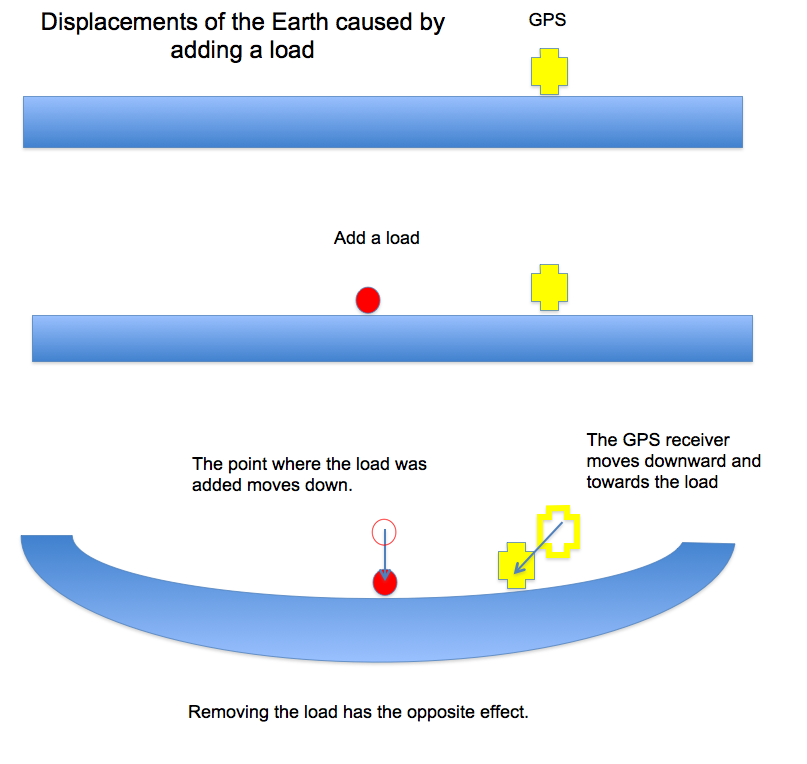
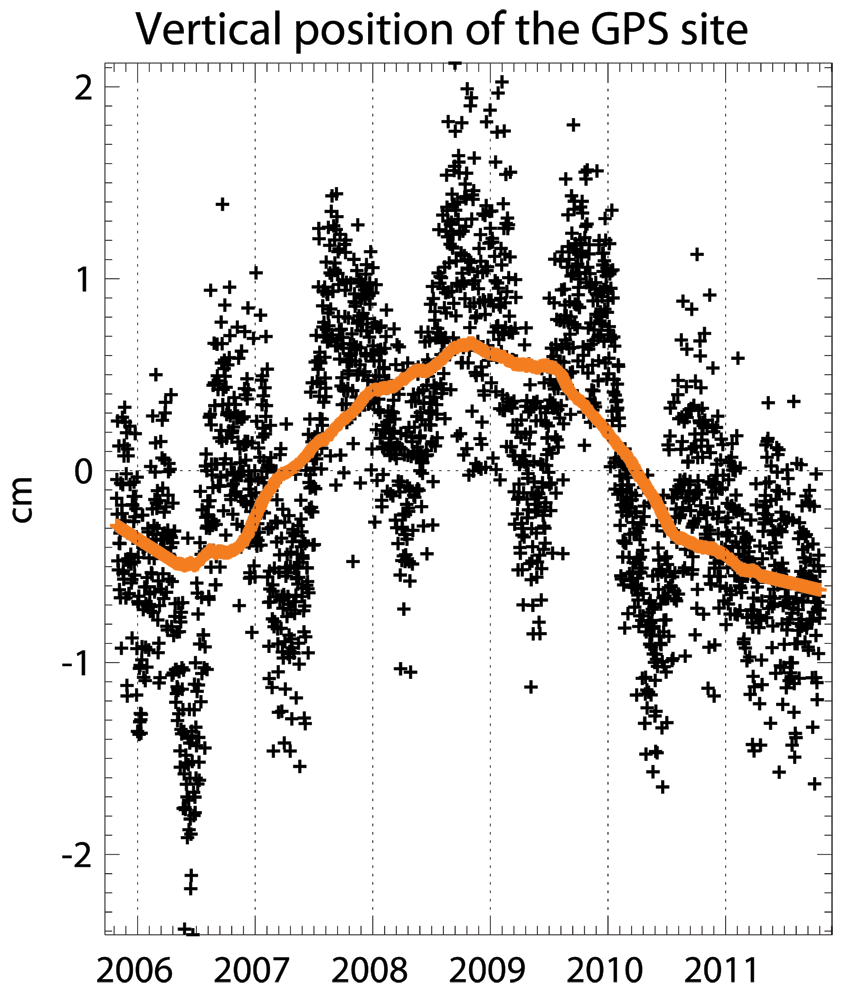


 unavco.org.
unavco.org.